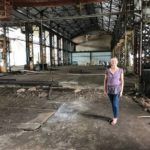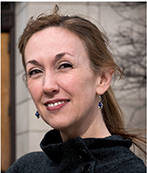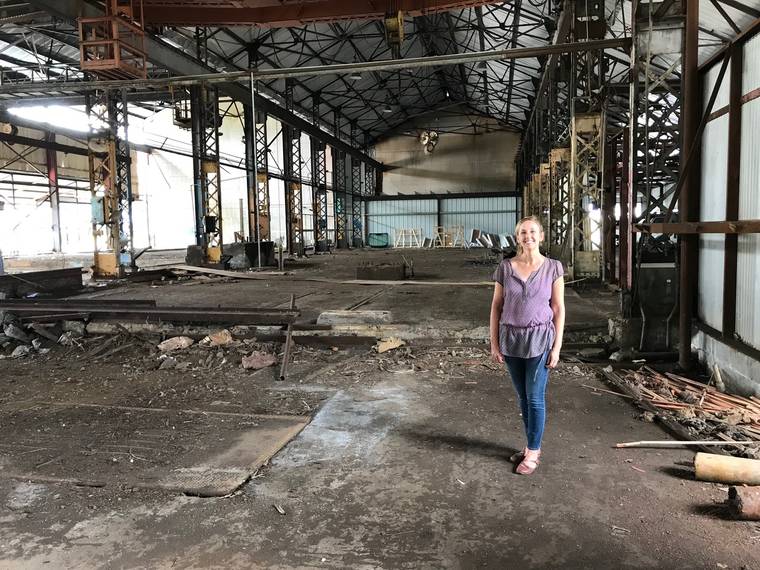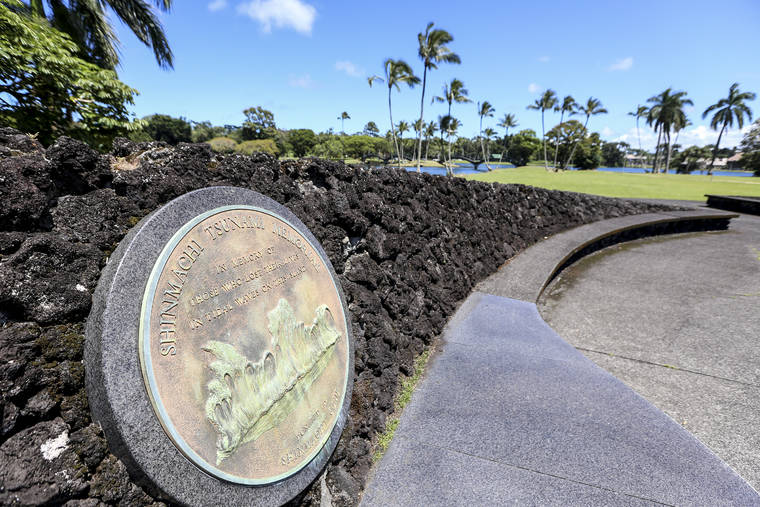Researcher documents the story of Shinmachi



After the community of Shinmachi was twice destroyed by tsunamis in 1946 and 1960, records of the town’s existence became difficult to come by.
However, a Nebraska university researcher is putting together an archive of stories about the community taken from first-hand sources and their families.
ADVERTISING
Heather Fryer, an associate professor of history at Creighton University in Omaha, Nebraska, said she has worked on her Shinmachi history project for about five years now.
“It happened by accident; I was traveling and I visited here and I saw the sign,” Fryer said, referring to the Shinmachi Tsunami Memorial in Wailoa Park. “I asked around about what that was and I thought ‘some historian should write about this.’ And then eventually I thought ‘maybe I should write about this.’”
What followed was five years of work where Fryer would visit the Big Island when she could to look for sources. This past year, Fryer has been living on Maui on a year-long sabbatical to complete her project, which includes a documentary and a book about Shinmachi.
Fryer said one of the most difficult parts about researching Shinmachi is that most of the written records that would illustrate day-to-day life within the community were destroyed with the town during the tsunamis. Fryer said even the founding date of Shinmachi was unclear until she eventually found records indicating the community was founded in 1913.
“There’s almost nothing published about it,” Fryer said. “There are some good oral histories at the Pacific Tsunami Museum, but those are obviously focused on the tsunamis.”
The focus of Fryer’s project is to piece together an understanding of life within the community of Japanese immigrants before and immediately following the 1946 tsunami. After all, she said, even though Shinmachi is no longer standing, many businesses still active in Hilo today were founded in Shinmachi; the S. Tokunaga Store and HPM Building Supply, to name but two.
Thanks to the help of several people in Hilo, Fryer was able to meet dozens of still-living former Shinmachi residents and their families to piece together a portrait of the community.
Most significantly, Fryer said, the accounts of the community point to strong communal bonds between residents, to the point that even direct business competitors still worked to help each other out. These bonds helped foster the community’s resiliency, which would be vital during the years of World War II, when anti-Japanese sentiment ran high.
“The war was not good for Shinmachi,” Fryer said. “Some of the residents survived the tsunami only because they were in internment camps on the mainland. So they came back home and everything was gone.”
Fryer noted that mainland press coverage of the tsunami avoided mentioning Shinmachi altogether, focusing only on the casualties to white people. Fryer guessed that the reason for the lack of coverage was a combination of post-war anti-Japanese bigotry as well as related concerns about whether a place with a high Japanese population should become a state, which she said was a not-uncommon discussion at the time.
Furthermore, Shinmachi homeowners and business owners were not granted any additional financial aid following the disaster, which Fryer also attributed to anti-Japanese policies.
“So there’s two stories, really,” Fryer said. “One is the story of a community preparing for a disaster by building this supportive community. The other is a cautionary tale about how even something like disaster response can become politicized.”
Fryer said shooting has finished on the documentary project and expects that to be completed by the fall. She also anticipates her book to be completed next year.
Email Michael Brestovansky at mbrestovansky@hawaiitribune-herald.com.







